The Tashkent Architectural and Construction Institute (TIAC) was established by the decree of the President of the Republic of Uzbekistan on May 6, 1991. The Institute is the main educational institution of the republic in the specialty of architectural construction and is responsible for carrying out assignments of higher education within the framework of the national training program.
In the institute there are four faculties: “Architectural Faculty”, “Faculty of Building Infrastructure”, “Faculty of Construction Management” and “Faculty of Construction of Buildings and Structures”. There is also a training center for construction managers, the Department of International Relations and the management of academic lyceums and others.
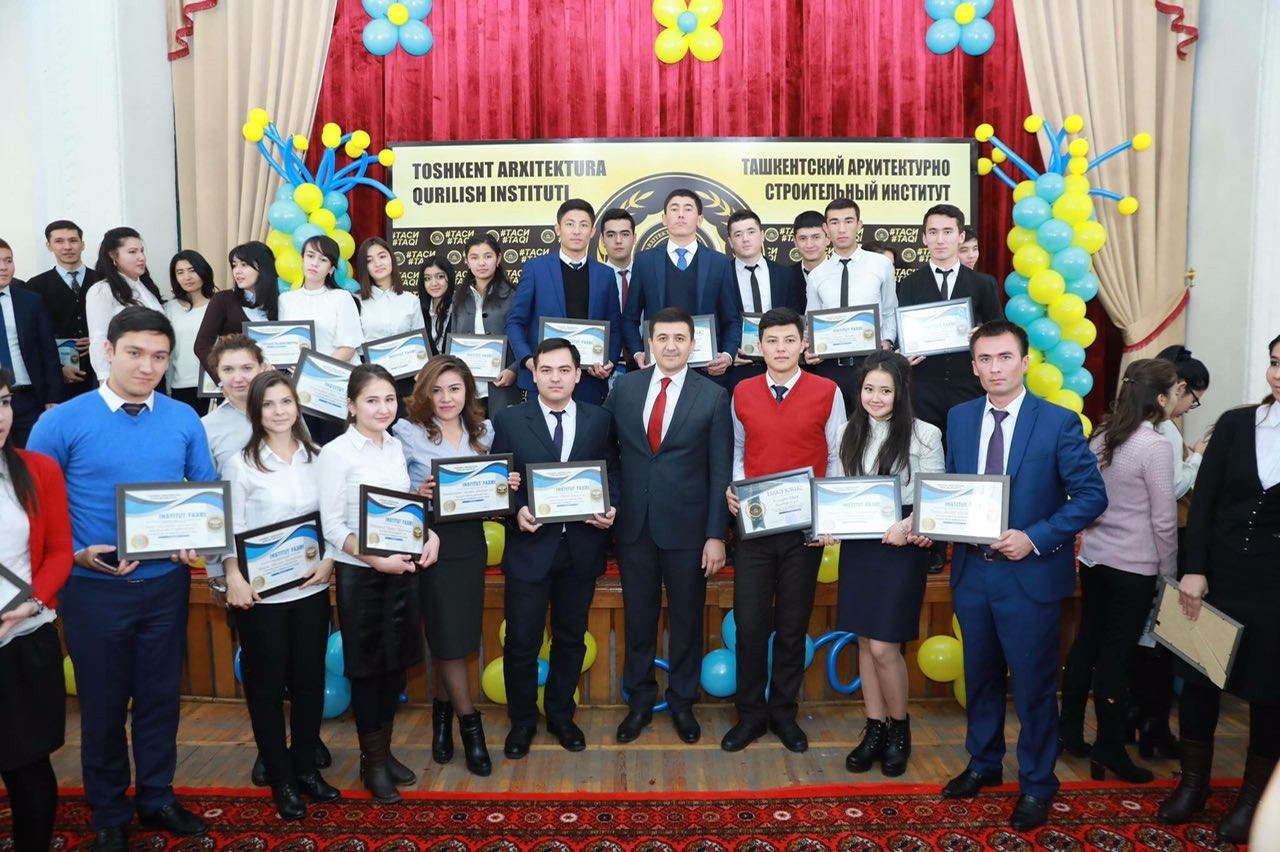
The teaching staff of the Institute consists of 450 teachers, including 28 doctors of science and professors, 121 candidates of science. 38.5 percent of teachers have academic degrees and scientific awards.
In 23 bachelor courses and 23 specializations of the master’s degree, more than four thousand students are trained. Students have the opportunity to gain in-depth theoretical knowledge and practical advice in the learning process.
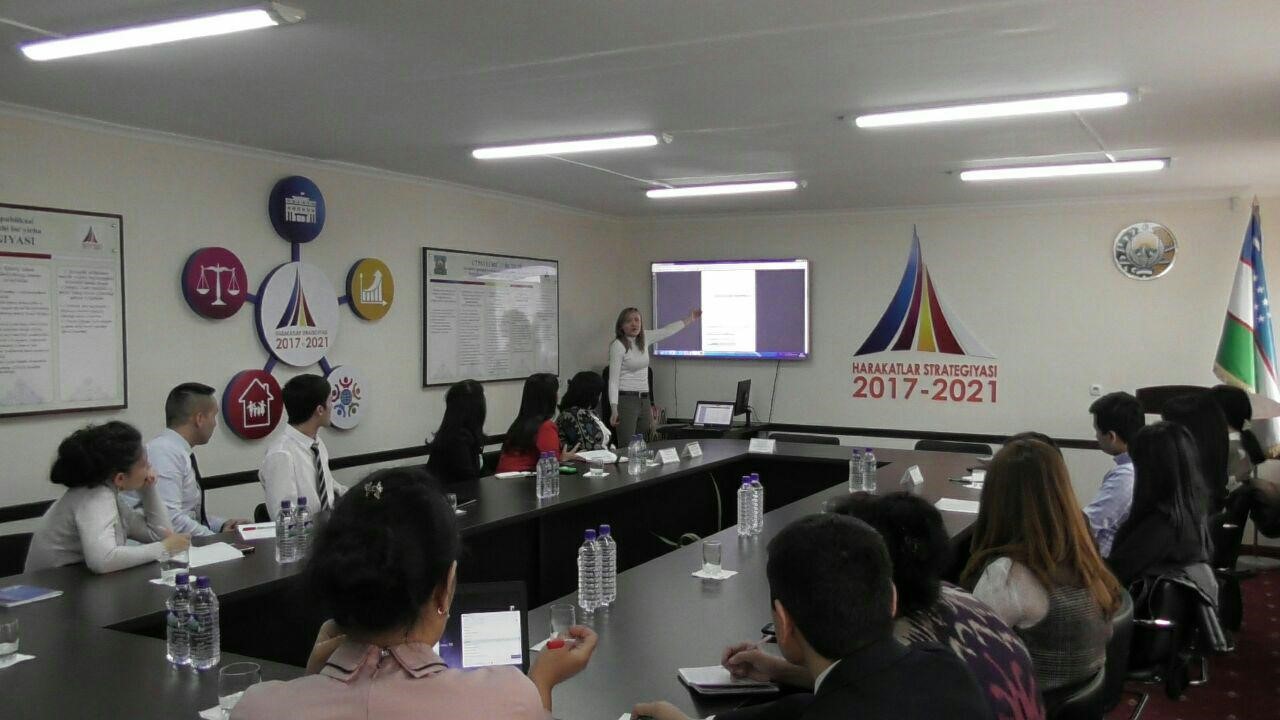
There is a specialized committee for defending doctoral dissertations in the field of architecture. The research work of the Institute is part of the State Scientific and Technical Program on Sustainable Development of the Republic of Uzbekistan. Specialists of the Institute receive orders, such as the design of residential and public buildings, the assessment of seismic vulnerability of buildings and the production of efficient building materials from anthropogenic waste.
Textbooks, monographs and collections of scientific works are published by the publishing department of the Institute. A center for retraining managers of building structures with the application of science and technology achievements was created.
In the Academic Lyceum, which was established in 1996 at the Tashkent Architecture and Construction Institute, more than 700 students study. In this lyceum there are 3 professors, 12 candidates of sciences and associate professors.
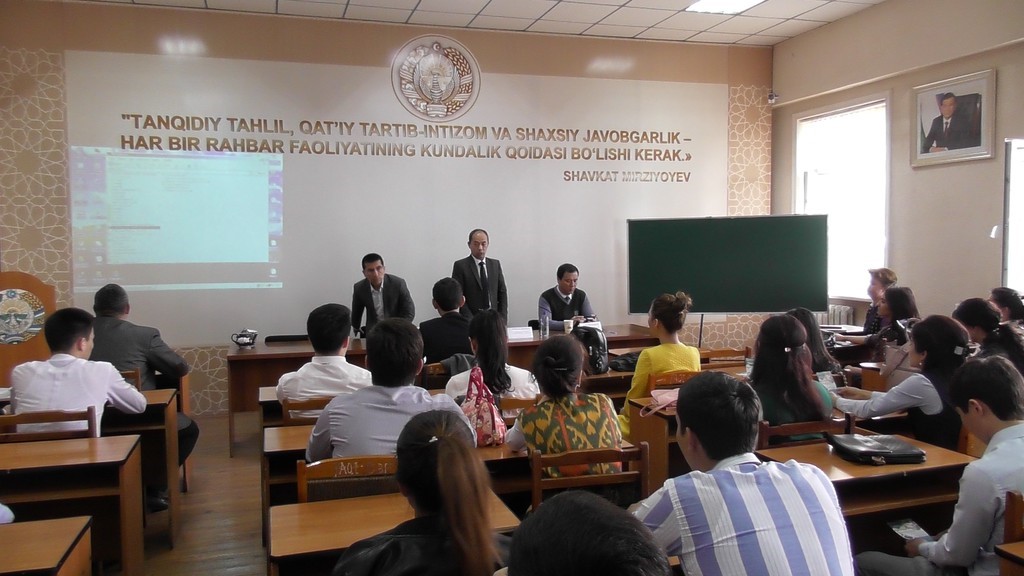
The Institute cooperates with more than 20 prestigious institutes and universities of the Commonwealth of Independent States and other foreign countries. Annually instructors leave the Institute for training in Germany, Latvia, Russia and a number of other countries. Students undergoing the program of exchange of students are trained in Korea, Japan, China and other countries of the world.
The Institute created an innovative center for the development of innovative technologies and methods for the development of construction. The German center for the study of historical monuments of Uzbekistan was opened. Close cooperation was established with large enterprises like UzOgirSanoat, UzEngineering and a number of others.
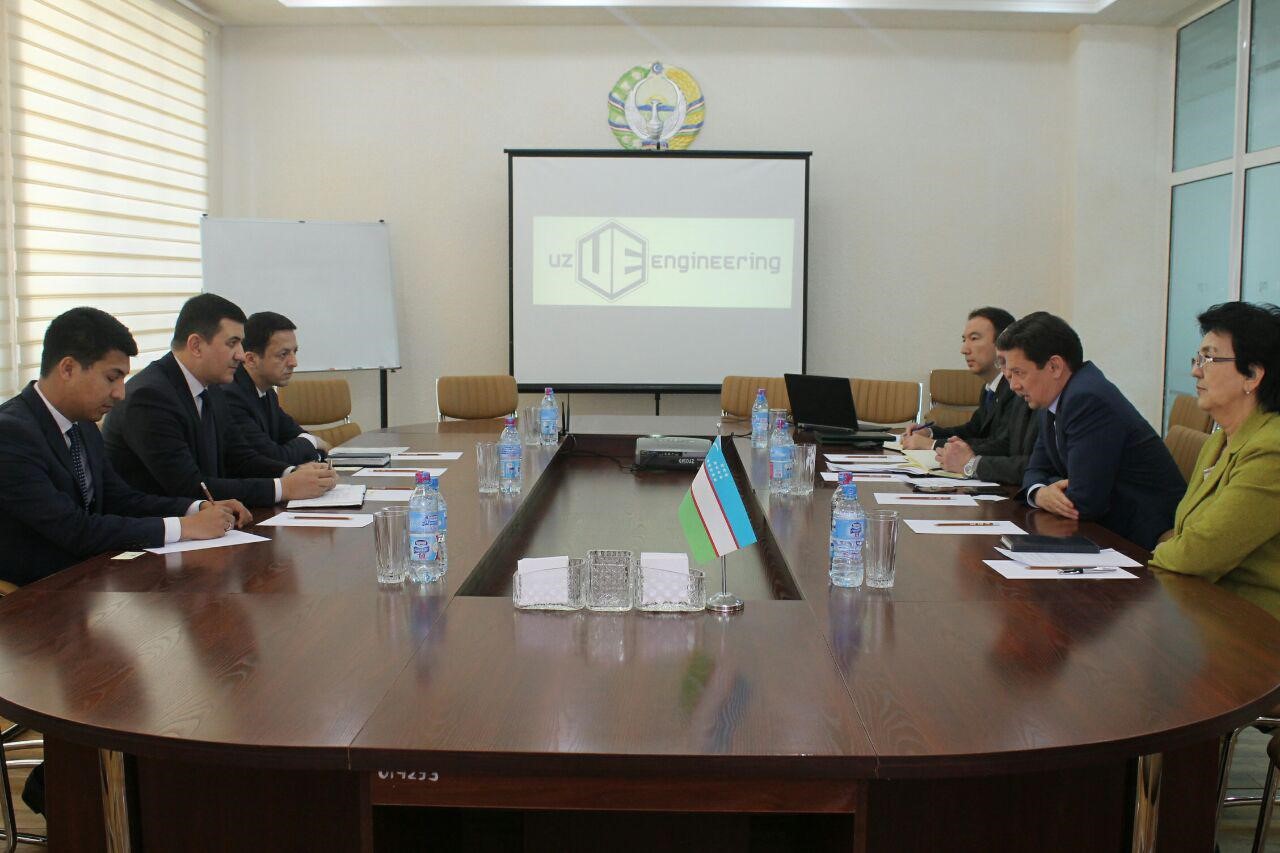
For teachers and students, conditions have been created, such as access to the Internet, audiences equipped with modern computers, a library with more than 250,000 books, an information resource center located on an area of 1,075.2 m2, a Pakhtakor sports complex for various sports.
Under the memorandum signed with China’s Wuhan University of Technology, five bachelor and 1 magistracy students received official invitations in 2018.
2012-2015, our institute participated in the Tempus project “GE-UZ: Sustainable Development of Geonformatics in Uzbekistan”. The department “Geodesy and Cadastre” was responsible for the implementation of this project and as a result of the work done in our institute a new specialization of “Geoinformatics” in the magistracy was opened.
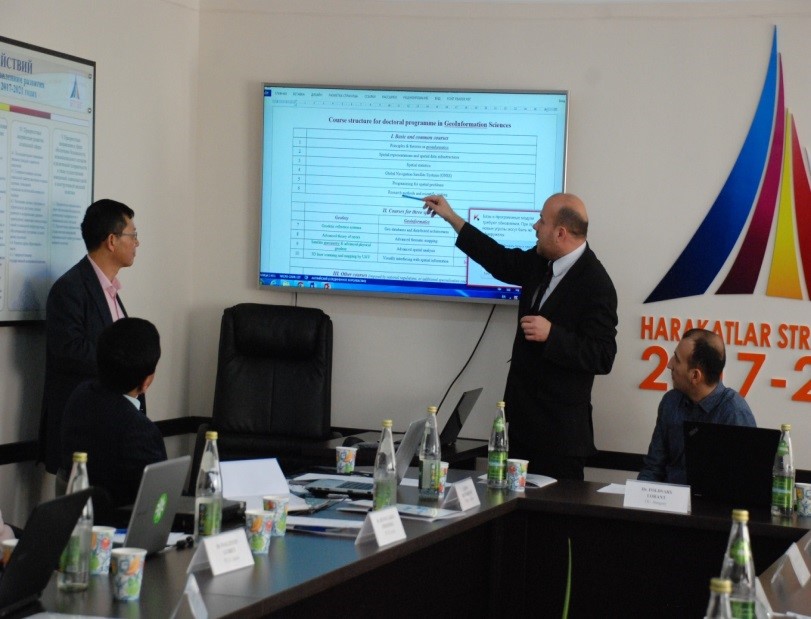
The Department of “Geodesy and Cadastre” also takes an active part in the new project Erasmus+, “DSinGIS: Doctoral Studies in GeoInformation Sciences “, which began in 2017. In particular, on January 10, 2018, a meeting of the Project Management Board was held at the Tashkent Architecture and Construction Institute. Aim of these new project is Support Uzbekistan in sustainable development by geospatial sciences.